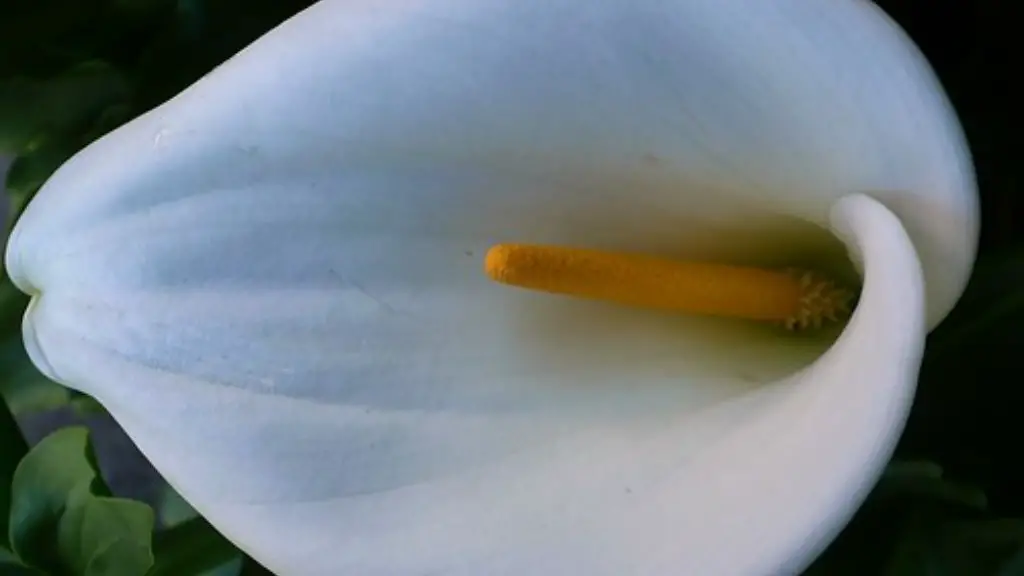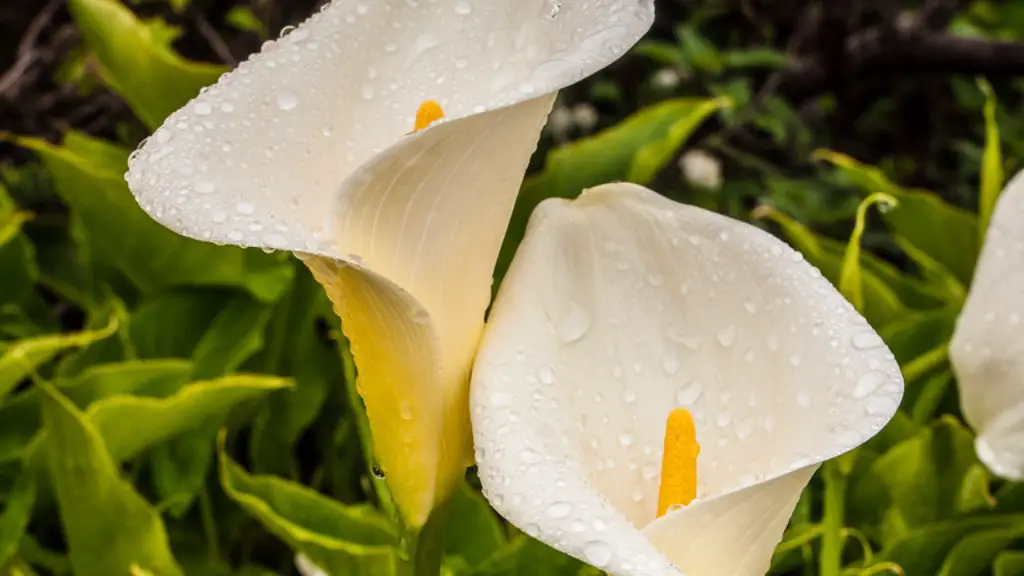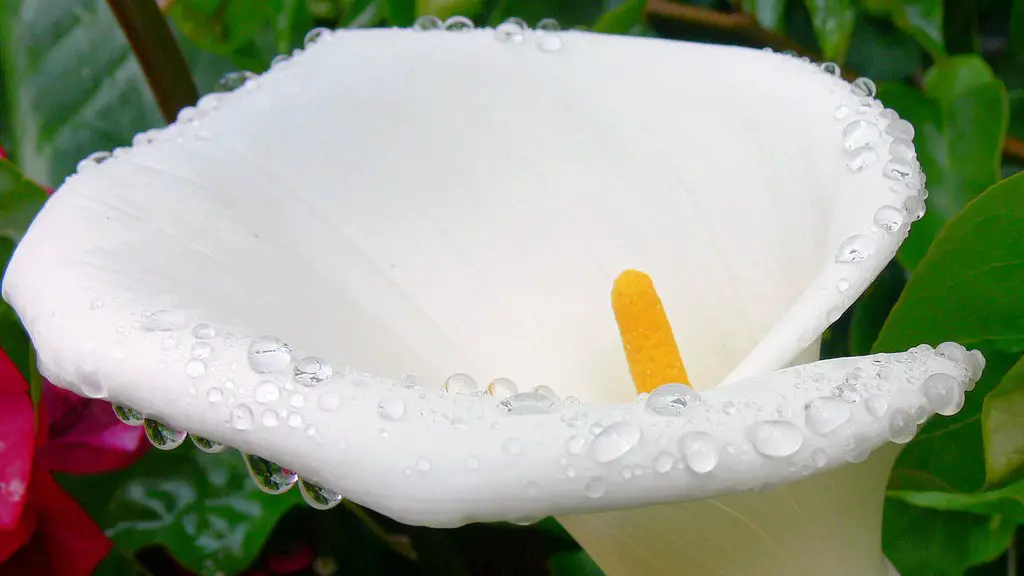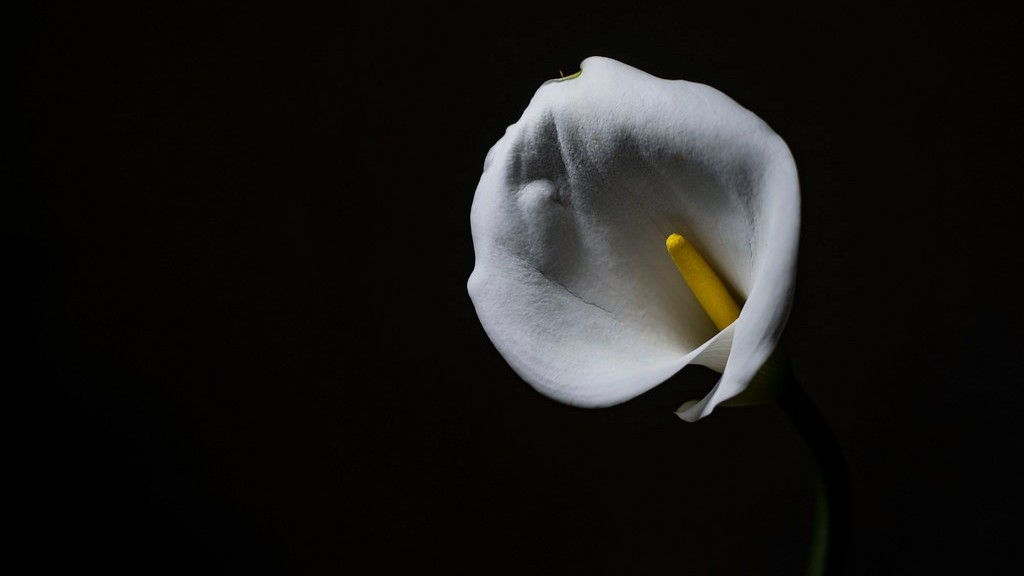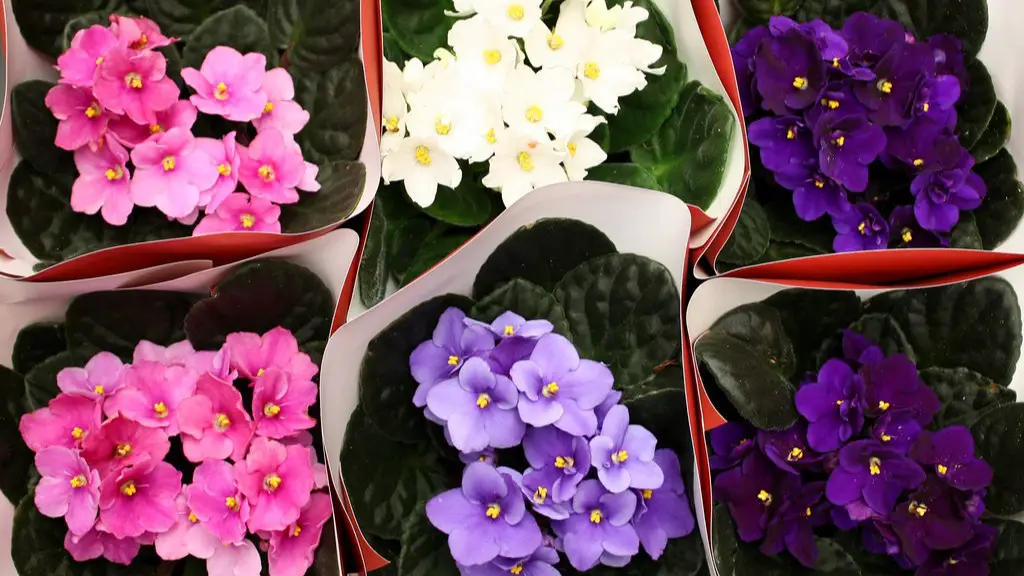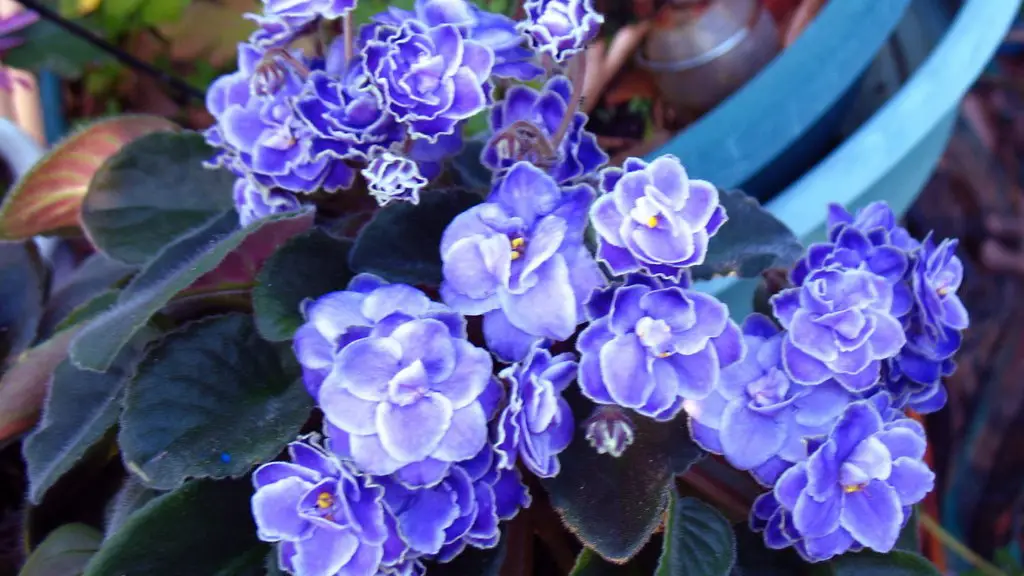When it comes to watering a calla lily, the frequency will depend on the amount of sunlight and heat the plant is exposed to, as well as the type of soil it is planted in. If the plant is in a sunny spot, it will need to be watered more frequently than if it were in a shaded area. The soil also plays a role in how often the plant needs to be watered, as well; soil that drains well will require less frequent watering than soil that retains moisture.
How often you should water a calla lily depends on the pot size and the type of potting mix used. If you have a 6-inch pot, water the plant every 5 to 7 days. If you have a 8-inch pot, water the plant every 7 to 10 days. If you have a 10-inch pot, water the plant every 10 to 14 days. The best way to water a calla lily is to soak the pot in a sink of water for about 15 minutes, then let the excess water drain out.
How do you know when a Calla Lily needs water?
If you see your calla lily plants with yellowing leaves, wilting, or stunted growth, it is likely that they are not getting enough water. Calla lilies are water lovers and need to be kept moist at all times, especially during the growing season. Make sure to water them deeply and regularly, and if possible, set up a drip irrigation system to make things easier.
To keep your indoor calla lily healthy and blooming, follow these simple care tips:
-Keep the soil moist, but not soggy. Water when the top inch of soil feels dry to the touch.
-Provide bright, indirect light. Calla lilies do best in a spot that gets a few hours of direct sunlight each day.
-Apply liquid fertilizer monthly while the plant is in flower.
-Keep away from heating and A/C vents. These can cause the plant to dry out quickly.
-Reduce watering when the plant enters dormancy (usually in November). Cut the leaves off at soil level once they’ve died.
Can you over water calla lilies
If you notice your calla lily starting to wilt, it may be a sign that the plant is getting too much water. Excess moisture can cause the stems to become limp and the roots to rot, so it’s important to make sure that the plant is getting the right amount of water. Causative factors for this problem include excessive rainfall, poor drainage, and overwatering. If you think your plant is getting too much water, try letting the soil dry out for a few days before watering again.
Container grown calla plants should be watered when the first inch or two (25-5 cm) of the soil is dry to the touch. They should then be watered deeply and thoroughly. Brown foliage tips can indicate overwatering.
How long can a calla lily go without water?
Hand-tied calla lily bouquets can last 12 to 24 hours without water, even if the ends are sealed. If you need the bouquet to last longer, you can add a few drops of water to the ends of the stems.
Calla lilies are beautiful flowers that can add a touch of elegance to any garden. They are native to South Africa and thrive in warm climates. In cooler areas, they will grow best in full sun. Calla lilies are winter hardy in zones 8-10. In colder areas, they can either be grown as annuals or dug up in the fall and stored indoors for replanting the next spring.
Can you keep calla lilies as a houseplant?
If you’re looking to add a touch of class to your indoor décor, the Calla Lily is a beautiful option. Although it’s technically an outdoor plant, the Calla Lily can thrive indoors if you provide the right growing conditions. Keep the rhizome happy by making sure it gets plenty of light and water. With a little TLC, your Calla Lily will bring elegance to your home for years to come.
This is a great plant for indoor or outdoor use. It’s one of the few plants that can thrive in both environments. Callas are native to southern Africa and are often found near stream banks and other moist areas.
Do potted calla lilies grow back
Many people treat their gift calla lilies as annuals. They receive a potted flower, or buy them for spring decorating, and then toss it when the blooms are done. In truth, though, calla lilies are perennials, and you can actually save your potted plant and watch it bloom again next year.
The Calla Lily plant is a beautiful addition to any garden. They are known for their large, white flowers and their ability to thrive in moist soil. However, it is important to make sure that the soil is never soggy or too wet, as the plant is not resistant to drought. By keeping the soil moist, you can ensure that your Calla Lily plant will continue to thrive.
Why is my calla lily yellow and drooping?
If your calla lily is drooping, it is likely due to either over or under watering. This can cause the heavy calla lily flower to droop. Too much nitrogen or a fungal rot disease may also be to blame.
To prolong the vase life of your Calla Lilies, recut the stems ½ inch, clean the vase and replace its water every three days. Never place your calla lily where there might be a warm draft, such as, the top of a refrigerator or beside a heating vent. Fresh flowers last longer when they are at room temperature or lower.
Do calla lilies grow well in pots
If you’re looking for a versatile plant that can be used in a variety of ways, look no further than the calla lily. Callas come in a wide range of colors and sizes, so you’re sure to find one that fits your needs. And whether you’re looking for a pot plant, bedding plant, or cut flower, they can all be easily accommodated. So don’t hesitate to add a few callas to your gardening repertoire – you won’t be disappointed!
Calla lilies are a beautiful addition to any home, and with proper care, they can last for many years. In the appropriate climate, calla lilies can live all year round. For proper calla lily care, the plant should be allowed to die back for about two months every year. This will allow for the flowers to rest and come back with even better blooms in the next growing season. With proper care, calla lilies can bring beauty to your home for many years to come.
Do calla lilies need misting?
Thank you for bringing up the topic of humidity and its effects on Calla Lilies. As you said, too much humidity can lead to powdery mildew, which can be difficult to control. Misting the flowers can also cause botrytis petal blight, which is a serious fungal disease. indoor calla lilies should be kept in an area with good air circulation and moderate humidity.
Calla lilies are beautiful flowers that add a touch of elegance to any garden. They are relatively easy to care for, but there are a few things to keep in mind to ensure that they thrive. Calla lilies need loose, well-drained soil in order to grow properly. They also prefer a location that receives partial sun. With proper care, calla lilies will provide you with beautiful blooms for many years to come.
Why do calla lilies cry
If you have a plant that is releasing sap, it is likely due to overwatering. The roots of the plant are saturated and this is causing pressure on the rest of the plant. This pressure forces the plant to release its excess moisture (and nutrients) in the form of sap. To stop this from happening, cut back on the amount of water you are giving the plant.
If you notice your calla lily is drooping, it may be due to a fungus that has attacked the roots. This can happen if the soil is too moist or the air around the plant is too warm. The fungus will first attack the rhizome, which will then spread and weaken the whole plant. If you notice rot setting in, it may be too late to save the plant.
Conclusion
Callas should be watered when the top 1-2” of soil feels dry. They like to be watered evenly, so check multiple spots in the pot before watering. During the growing season, they may need to be watered once a week.
In conclusion, you should water your calla lily once a week, or when the soil is dry to the touch.
